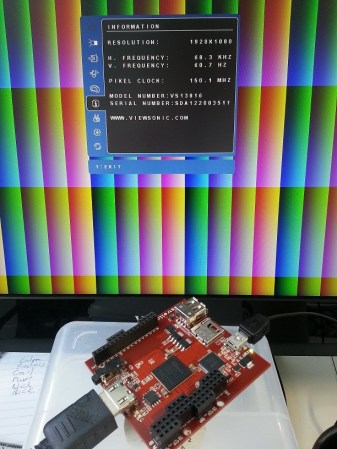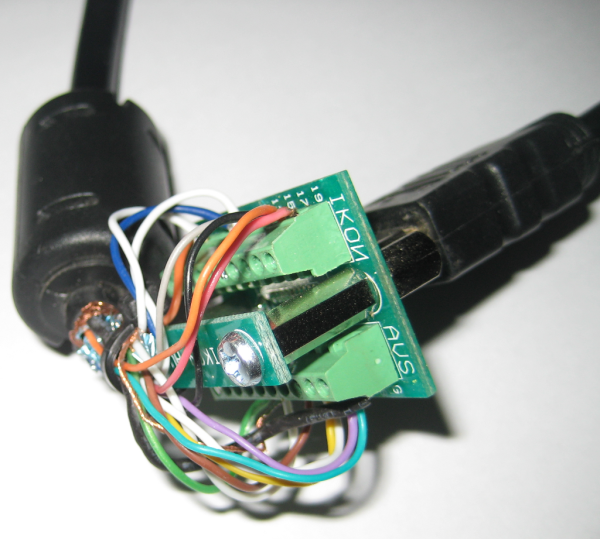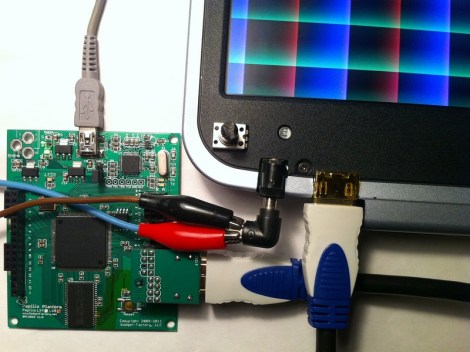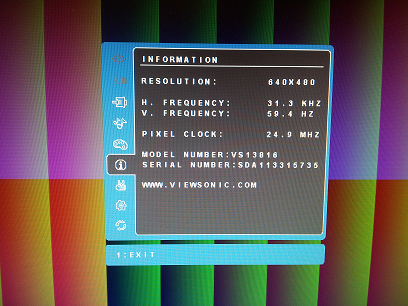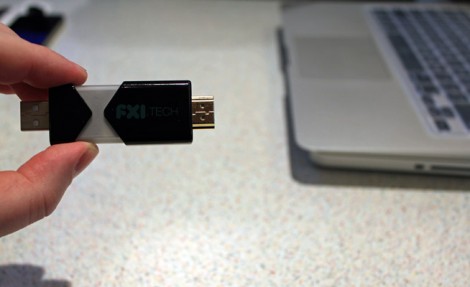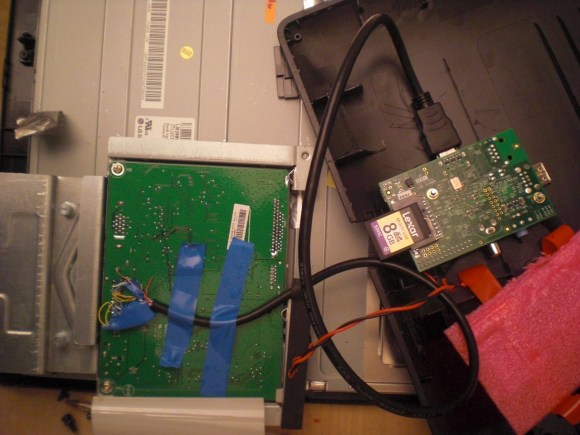
Behold, something we’ve always wanted. [Matthieu] mounted his Raspberry Pi board inside of a computer monitor. His work makes for the cheapest smart-TV modification we can possibly think of.
The image above shows the monitor’s driver board on the left, with the Raspberry Pi mounted on the back plastic cover. [Matthieu] used a short HDMI cable to connect the two. The HDMI connector plugs into the RPi directly. The other end has been cut off and the wires soldered to the DVI pins on the monitor’s PCB. This is not a problem since HDMI and DVI use electrically identical protocols. The one thing missing is audio. But if you were pulling off the same hack with a device that had HDMI (like a television) it would just be a matter of also soldering in the audio connections. While he had his iron hot he also connected a 5V source from the monitor board to the RPi. He completes his hack by cutting a slot in the monitor case to allow access to the SD card.
We’ve long wanted an XBMC computer we could velcro to the back of the TV and the RPi turned out to be just the thing. Now we’ve got to consider cracking open the TV to replicate this internalization hack!

